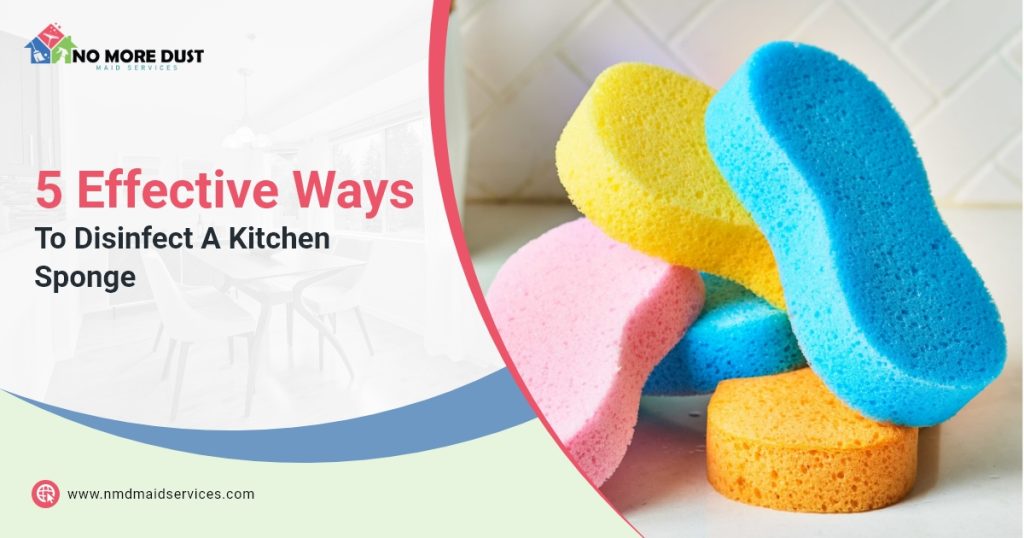Kitchen sponges are some of the most useful tools for household cleaning. Be it washing dishes or wiping counters, sponges are up for the job. And though they are meant to be disposable, disinfecting them regularly is still important. Think about it, do you really want to smear all that’s been absorbed in that sponge onto your dishes? Definitely not.
Rinsing your kitchen sponge after using it can help, but properly disinfecting them is easier than you think. Here are a few options you can try.
Option #1. Keep it simple with boiling water
The easiest way to ensure your kitchen sponge is disinfected is by soaking it in boiling water. Start by getting a pot and boil about 2 cups of water. Place the sponge in and let it boil for 5 minutes or so. Turn off the heat and remove the sponge once the water cools down completely. Wring out the excess water and you’re done!
Boiling water is proven to kill germs and bacteria, so there’s no need to add anything. If you’re looking for a simple and inexpensive method, try this option.
Option #2. Use bleach for extra power
Bleach is known as one of the best options to get rid of bacteria, mold, viruses, and germs alike. This method works great with nylon sponges; just remember to wear gloves as bleach can harm your skin.
All you need to do is mix 3 ⁄ 4 cups of bleach in a gallon of water and soak the sponge in the mixture for about 5 minutes. Rinse thoroughly with warm water to make sure all the bleach is out.
Option #3. Stay natural with vinegar
If you prefer to avoid chemicals, white vinegar is your best option. Fill your sink or a bowl with vinegar (no need to add water) and soak your kitchen sponge for 5 minutes. Rinse it and you’re done!
Vinegar can be used to disinfect the sink as well, so you can pour the used vinegar down the drain for a two-in-one cleaning.
Option #4. Pop it in the microwave
If you don’t feel like putting in the work, let your appliances do it for you. To avoid fire hazards, soak your kitchen sponge in water first, then place it in a microwave-safe container. Heat nylon sponges for 1 minute and cellulose sponges for 2 minutes on high power. Let the sponge cool as it will be very hot. Then, wring out excess water, and you’re done.
Option #5. Load your dishwasher
Dishwashers are known for their convenience, and they can be used to clean more than dishes. Just place your kitchen sponge on the top rack and start a heat-dry cycle. Done!
If the sponge doesn’t dry completely, just remove it and let it air dry.
We have many more cleaning tips available for you!
No More Dust Maid Services can help you maintain your house clean! Make sure to visit our blog if you wish to be up to date with helpful information on keeping your household clean and bacteria-free.




